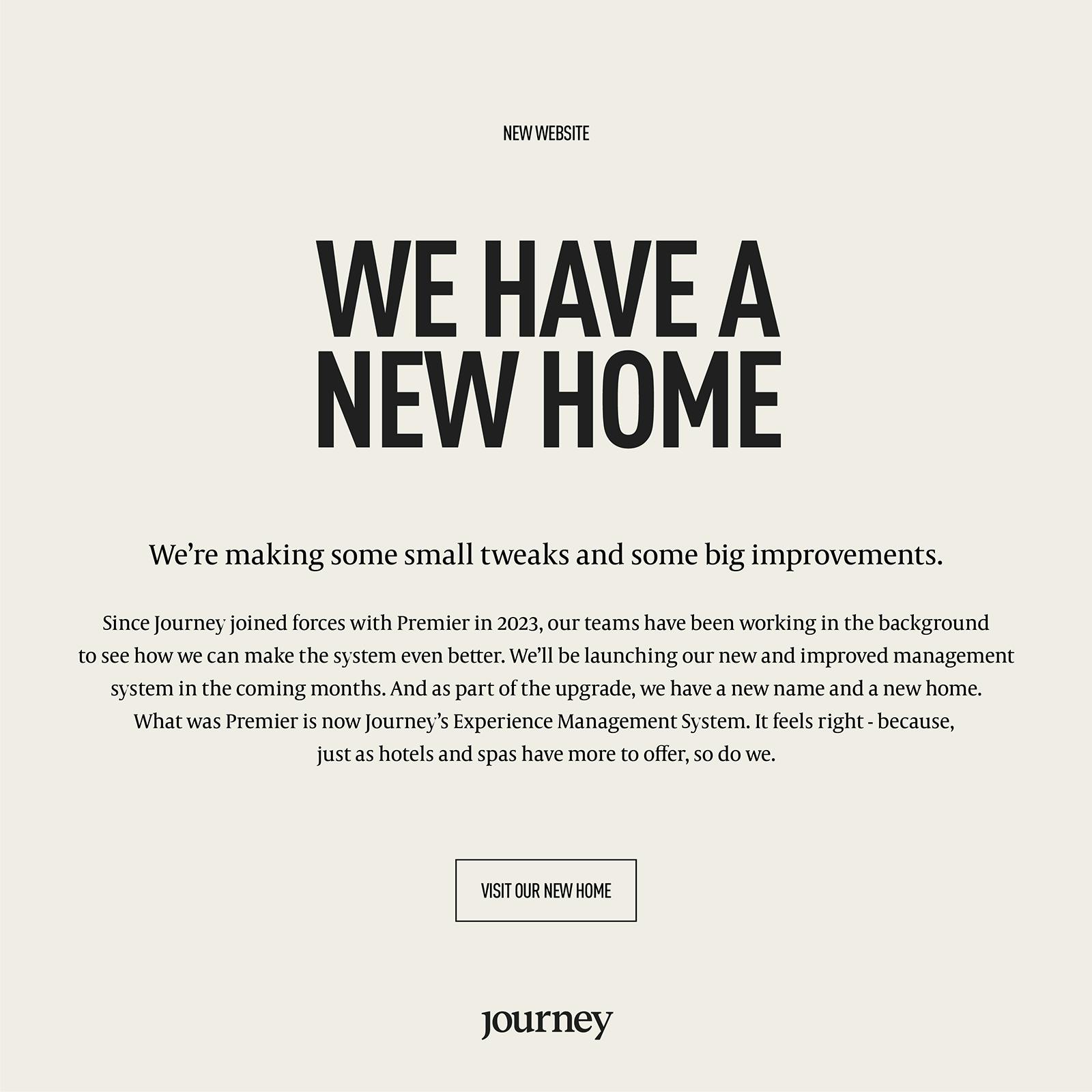Self-service facilities offer spas additional revenue without extra staffing costs, whilst giving guests the chance to personalise their spa visit.
Imagine a way of reducing the physical toll on your spa therapists, boosting your spa revenue and providing your spa users with a bounty of wellness choices. Thanks to self-service facilities, this is the reality for spas across the world.
‘DIY’ treatments – such as cryotherapy – have been rising in popularity over the last decade. Faced with the ongoing challenge of staff shortages and consumers who increasingly seek out wellness choices when visiting day and hotel spas, offering stand-alone, self-service styled ways for a guest to relax is the perfect solution for spas.
Examples of self-service spa facilities
Initial iterations of the ‘self-service’ spa concept tended to centre more around beauty than wellness treatments, with spray tanning and steam facials leading the way in the mid 2000s.
With a greater emphasis on holistic wellbeing, today’s facilities vary from self-applied salt scrubs in a hammam, to water-based activities including hydrotherapy and flotation tanks. But savvy spas widen their appeal to even more potential guests by extending to options beyond the indoors, with forest bathing, natural outdoor ponds and private poolside cabanas featuring as key areas which drive ancillary spend.
At the ISPA Conference in Las Vegas (May 2023), ISPA president Lynne McNees cited changing technology as partly responsible for the boom in self-service options: “Touchless treatments and wearable equipment show that technology is reshaping the spa experience.”
Technology includes massage loungers and light and sound programmes in pools or hot tubs, many of which can be installed not only in spa relaxation and treatment rooms but also in hotel bedrooms and suites, leading to upsells in rooms. As well as providing additional options for guests to tailor their spa experience, technology can help ease pressures on staffing as guests can operate the self-service areas themselves.
Self-service in action
As the UK’s leading spa management solution, Premier works with over 750 standalone and hotel spas around the country. We’ve witnessed first-hand self-service options transform spas, becoming integral to a spa’s design and offering, and crucially driving additional revenue.
At Manchester’s Lowry Hotel, their spa has recently been transformed into a flagship wellness haven of peace and serenity. The new RE:TREAT facility pairs the modern therapy preferences of Hollywood celebrities with cutting-edge scientific treatments, using technology-based equipment to offer their guests a cryotherapy chamber, meditation pod and sensory deprivation tank.
Other notable examples of self-service spa options, each evoking a sense of well-being and relaxation, include:
- The Belfry’s Fire and Ice Experience features an aroma cave, crystal steam rooms, hydrotherapy pool and ice rooms, harnessing a multi-sensory experience and bio-thermal techniques to improve guest experience.
- The Signet Spa, part of The Retreat at Elcot Park, provides a heated outdoor infinity pool, hydrotherapy pool, Himalayan salt sauna, aroma steam room, and salt flotation pod.
How to manage self-service options within your spa
Whether your spa’s wellness offering is spread across multiple floors, hectares of forest or housed in one convenient block, it’s essential that spa managers and their teams can easily understand where they need to be and where the guests are.
By using an advanced spa management system such as Premier, self-service spa options are able to be managed in a clear, convenient way including blocking off for maintenance or cleaning or assigning time slots to guests. Utilisation reports highlight the effectiveness of each area, from hammams to relaxing cabanas, to minimise time demands and physical workloads of staff.
Guests can create personalised itineraries for guests, focusing on areas of their individual wellbeing that are important to them. As people increasingly prefer to book online, pairing your management software with an intuitive ecommerce platform such as onejourney® creates a seamless digital experience for your guests. Together, the technology can turn a massage chair into an easily bookable, revenue generating space.

